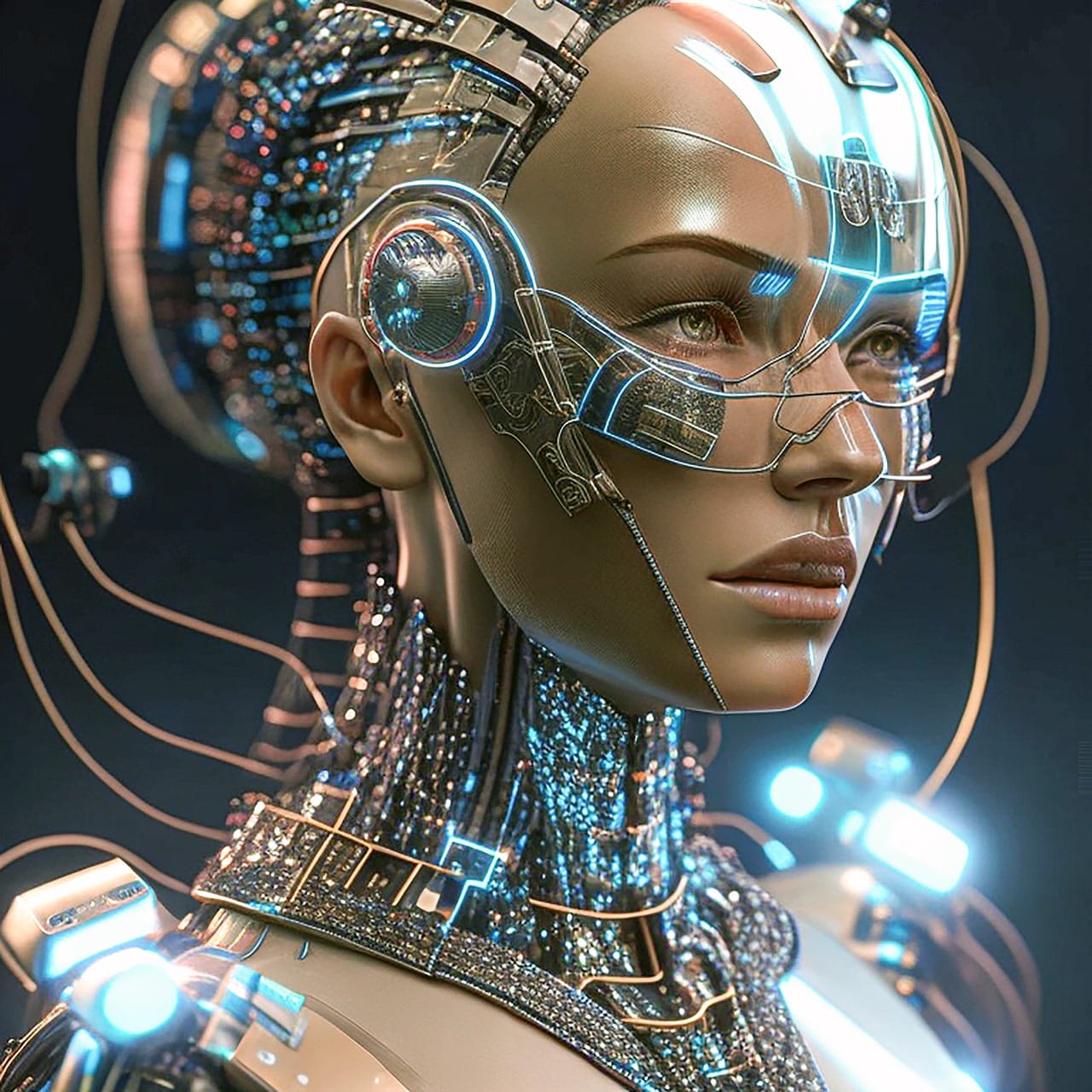(OPINION) Many would argue that we are already living in a dystopian society, but if those that are currently running things get their way our world will soon look far more dystopian than it does now.
Over the past few years, we have seen an unprecedented explosion of new technologies. Some of these technologies appear to have the potential to make life better, but others would give those in positions of power the ability to watch us, track us, monitor us and control us like never before. If you are not concerned about what we are now witnessing, that is probably because you haven’t been paying attention.
I have a number of examples that I want to share with you in this article, but I really struggled with how to organize them. Ultimately, I decided to order them from the least creepy to the most creepy.
So let’s start with palm scanning. Palm scanners are being deployed at Whole Foods stores all over the country, and once you are enrolled in the system you can literally pay for your groceries by just using your hand…
The palm-recognition system works by linking a user’s payment information with their unique palm print. If you’re an Amazon Prime member, you can also link it with your Prime account — no need to fumble in the Amazon app looking for your in-store code any longer.
At Whole Foods, you just hover your palm over the reader once you’re ready to pay and the system will find your Prime account, apply any discounts, and charge the credit card you enrolled with.
A Business Insider journalist decided to give the system a try, and she described what she had to do in order to enroll… I followed the instructions on the device, first scanning my right palm, then my left, which was optional.
The scanner then prompted me to enter my phone number. Amazon sent me a text with a link to a page asking me to verify my card details with the last four digits of my credit card number and the card’s expiry date. And that was it — it took me to my Amazon One home page, where I can see my linked phone number, Amazon account, and payment method.
That is definitely creepy, but the facial recognition systems that are now being deployed all over the globe are even creepier. During the G20 meetings that just took place in Brazil, everyone that attended was forced “to pass a biometric validation process by scanning their faces using Serpro’s stand devices”…
Serpro, a Brazilian government data processing agency, is providing a facial recognition system that was used to facilitate the accreditation and validation of delegates to a ministerial meeting of the G20 last week.
During the meeting, which took place on February 21 and 22, attendees were made to pass a biometric validation process by scanning their faces using Serpro’s stand devices, according to a post on the G20 website. Brazil currently holds the G20 presidency, which runs till the end of this year.
Serpro’s system meets the same standard as the biometric authentication equipment deployed in some of Brazil’s airports to enable secure and seamless passenger checks without the need for the physical presentation of documents, according to the G20 announcement. You may be thinking that since you aren’t a high ranking government official you don’t have anything to worry about.
But it is important to understand that they are setting a precedent. If they can start getting this technology in place, it will inevitably be adopted by more and more institutions.
And then someday you may wake up and find that you can’t get a job, open a bank account or buy groceries without having your face scanned.
What will you do then? We are also reaching a point where many people will soon be running around with technology strapped to their faces virtually all the time.
The Apple Vision Pro has been making lots of headlines this month, and Apple is openly telling us that the goal is to “augment reality” on a continual basis…
There’s a lot of pressure on the new Apple Vision Pro, Apple’s long-awaited entry into the world of computers you wear on your face. Apple claims that the Vision Pro, which starts at $3,499, is the beginning of something called “spatial computing,” which basically boils down to running apps all around you.
And the company’s ads for it do not hedge that pressure even a little: they show people wearing the Vision Pro all the time. At work! Doing laundry! Playing with their kids! The ambition is enormous: to layer apps and information over the real world — to augment reality. (READ MORE)
















